The Best Companion Plants For Mullein:
The Best Companion Plants for Mullein
Mullein is a tall, leafy plant with yellow flowers that blooms in summer. It is a popular garden plant because it is drought-tolerant and easy to care for. Mullein also has a number of medicinal uses, making it a valuable addition to any garden.
One of the best things about mullein is that it can be companion-planted with a variety of other plants. Companion planting is the practice of planting different types of plants together that benefit each other. By planting mullein with the right companion plants, you can improve the health and productivity of both plants.
Here are some of the best companion plants for mullein:
- Peonies: Peonies and mullein are both tall plants that bloom in summer. They make a beautiful combination in the garden, and they also benefit each other. Peonies attract pollinators, which help to pollinate the mullein flowers. Mullein, on the other hand, helps to deter pests from peonies.

- Russian sage: Russian sage is a tall, blue-flowered plant that blooms in summer. It is a good companion plant for mullein because it attracts pollinators and helps to deter pests. Russian sage also helps to improve the drainage of the soil around the mullein plants.
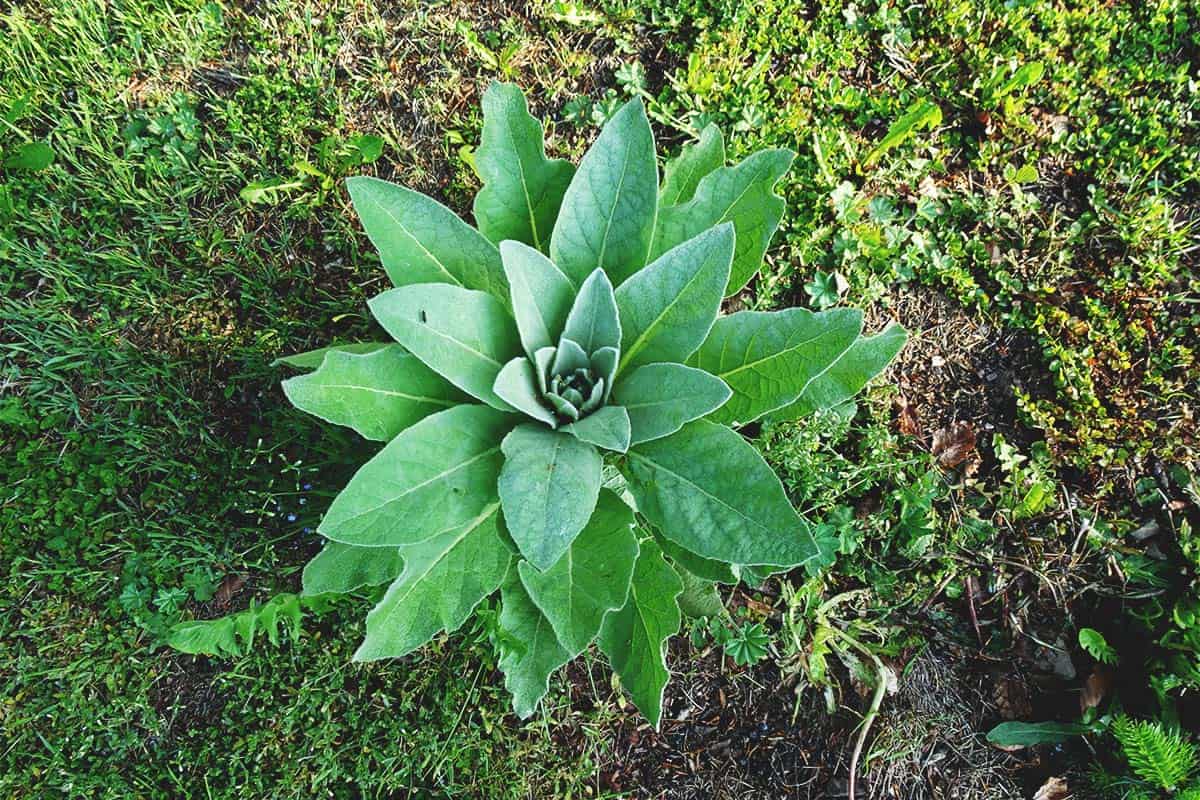
- Lady's mantle: Lady's mantle is a low-growing, leafy plant with white flowers that blooms in spring. It is a good companion plant for mullein because it helps to suppress weeds and improve the drainage of the soil. Lady's mantle also helps to deter pests from mullein.
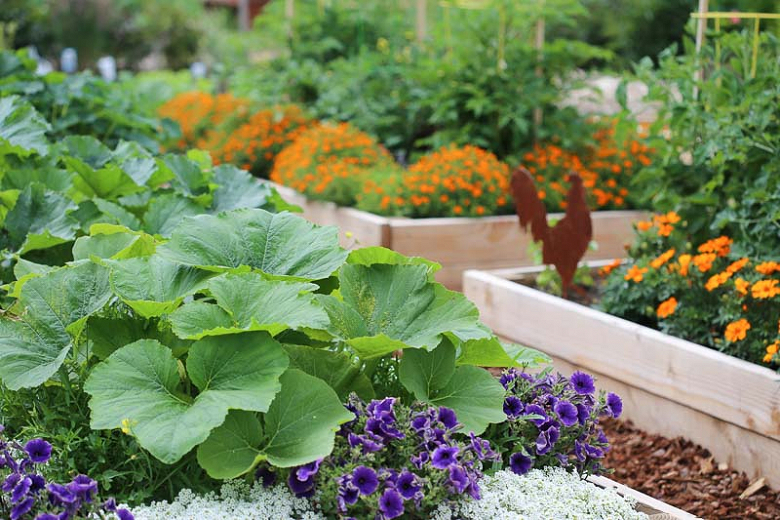
- Sedum: Sedum is a succulent plant that comes in a variety of colors. It is a good companion plant for mullein because it is drought-tolerant and helps to improve the drainage of the soil. Sedum also helps to deter pests from mullein.

- Coneflower: Coneflower is a tall, daisy-like plant that blooms in summer. It is a good companion plant for mullein because it attracts pollinators and helps to deter pests. Coneflower also helps to improve the drainage of the soil around the mullein plants.
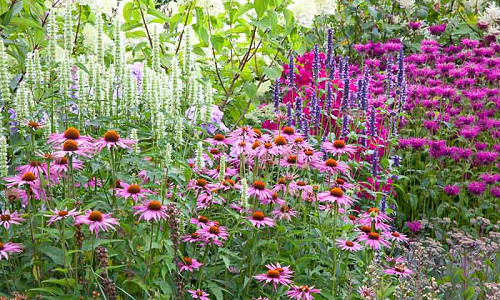
- Ornamental grasses: Ornamental grasses are a diverse group of plants that come in a variety of shapes, sizes, and colors. They are a good companion plant for mullein because they help to add height and interest to the garden. Ornamental grasses also help to improve the drainage of the soil around the mullein plants.

In addition to these plants, there are a number of other plants that can be companion-planted with mullein. Some other good choices include yarrow, lavender, calendula, and borage.
When companion-planting mullein, it is important to consider the size and growth habit of the plants. For example, you would not want to plant mullein next to a small, delicate plant that would be overshadowed by the mullein.
It is also important to consider the needs of the plants. For example, mullein is a drought-tolerant plant, so you would not want to plant it next to a plant that needs more water.
By carefully considering the needs of the plants, you can create a companion planting that will benefit both mullein and the other plants in your garden.
Mullein is a beautiful and versatile plant that can be grown in a variety of gardens. It is also a great companion plant, meaning that it can be planted near other plants to benefit them. Some of the best companion plants for mullein include:
- Peonies: Peonies and mullein both thrive in full sun and well-drained soil. They also have similar flowering times, so they can complement each other's blooms.
- Russian sage: Russian sage is a tall, airy plant that adds structure to the garden. It also attracts pollinators, which can help to pollinate the mullein flowers.
- Lady's mantle: Lady's mantle is a low-growing plant with attractive foliage. It can help to suppress weeds around the base of the mullein plant.
- Sedum: Sedum is a drought-tolerant plant that can help to keep the soil around the mullein moist. It also attracts pollinators.
- Coneflower: Coneflower is a tall, showy plant that blooms in late summer. It can help to attract pollinators to the garden, and it can also help to shade the mullein plant from the hot afternoon sun.
If you are interested in learning more about mullein companion plants, I recommend visiting Gardenia Inspiration. This website has a wealth of information on the topic, including plant profiles, planting tips, and more.
FAQ of mullein companion plants
Frequently Asked Questions about Mullein Companion Plants
Mullein (Verbascum thapsus) is a tall, herbaceous perennial that is native to Europe and Asia. It is a popular medicinal and ornamental plant, and is also known for its insect-repelling properties. Mullein is a good companion plant for many other plants, and can help to improve their growth and health.
Here are the 5 most frequently asked questions about mullein companion plants, along with valuable insights and solutions:
1. What are some good companion plants for mullein?
Some good companion plants for mullein include:
- Asters: Asters attract beneficial insects that help to control pests.
- Bee balm: Bee balm attracts pollinators, which help to pollinate mullein flowers.
- Calendula: Calendula helps to repel pests, and its flowers can be used to make a natural insecticidal spray.
- Chives: Chives help to repel pests, and their leaves can be used to flavor food.
- Chrysanthemums: Chrysanthemums attract beneficial insects that help to control pests.
2. What are some benefits of companion planting with mullein?
Mullein can be a beneficial companion plant for many other plants, as it can help to:
- Attract beneficial insects: Mullein flowers attract pollinators, which help to pollinate other plants in the garden. It also attracts other beneficial insects, such as ladybugs and lacewings, which help to control pests.
- Repel pests: Mullein's strong scent can repel some pests, such as aphids, spider mites, and whiteflies.
- Improve soil quality: Mullein's deep roots help to loosen the soil and improve drainage. They also help to add nutrients to the soil.
- Provide shade: Mullein's large leaves can provide shade for other plants, which can help to protect them from the sun's harsh rays.
3. What are some things to keep in mind when companion planting with mullein?
When companion planting with mullein, there are a few things to keep in mind:
- Mullein is a tall plant: Mullein can grow up to 6 feet tall, so it is important to plant it behind shorter plants.
- Mullein can be invasive: Mullein is a prolific self-seeder, so it is important to deadhead the flowers if you do not want it to spread.
- Mullein can attract slugs: Mullein's large leaves can provide a hiding place for slugs, so it is important to keep an eye out for them.
4. What are some common mistakes people make when companion planting with mullein?
Some common mistakes people make when companion planting with mullein include:
- Planting mullein too close to other plants: Mullein is a tall plant, so it is important to plant it behind shorter plants.
- Not deadheading the flowers: If you do not want mullein to spread, it is important to deadhead the flowers.
- Not watering mullein enough: Mullein is drought tolerant, but it will need more water when it is first planted.
5. Where can I find more information about companion planting with mullein?
There are many resources available online and in libraries that can provide more information about companion planting with mullein. Some good resources include:
- The Companion Planting Handbook by Louise Riotte
- The Vegetable Gardener's Bible by Edward C. Smith
- The New Organic Grower by Eliot Coleman
- The Herb Companion by Susan J. Meyer
- The Vegetable Garden Primer by Mel Bartholomew
Image of mullein companion plants
5 different images of "mullein companion plants" from Pinterest:
- Yarrow - Yarrow is a good companion plant for mullein because it attracts beneficial insects, such as ladybugs and lacewings, which help to control pests. It also helps to suppress weeds.

- Cucumbers - Cucumbers benefit from the shade of mullein plants, and mullein helps to attract pollinators to cucumbers.

- Carrots - Carrots benefit from the presence of mullein, which helps to repel carrot flies.

- Sunflowers - Sunflowers and mullein are both tall plants that can be planted together to create a stunning border or backdrop.
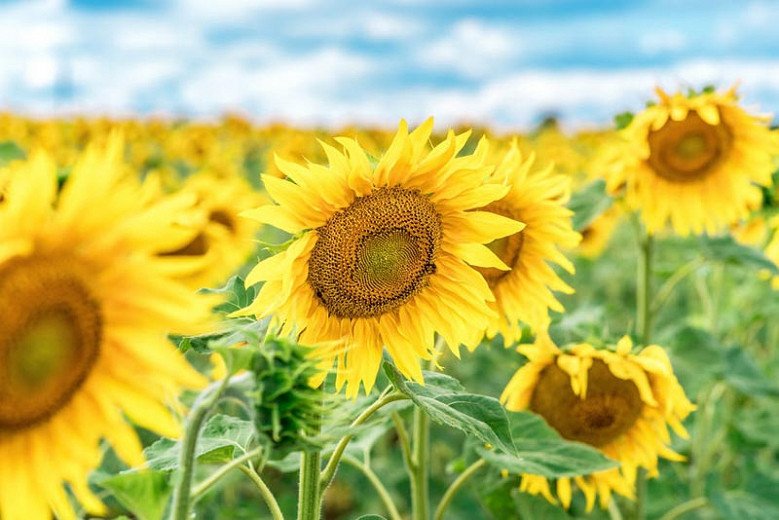
- Asters - Asters and mullein can be planted together to attract butterflies and other pollinators.
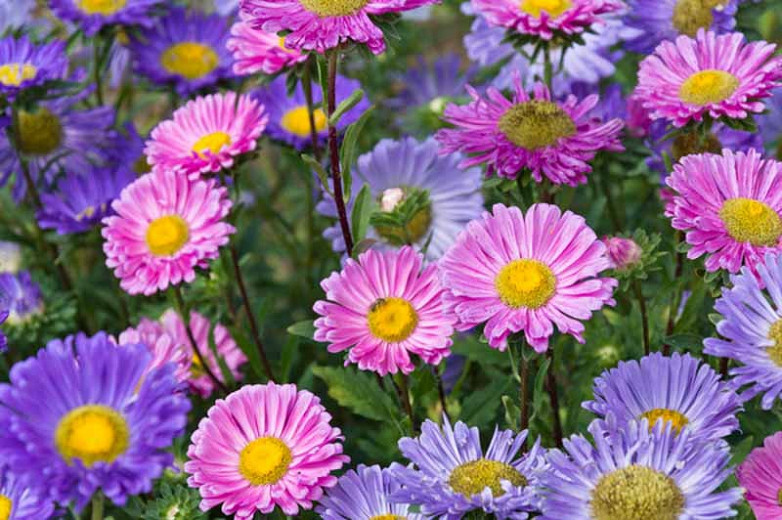
Post a Comment for "The Best Companion Plants For Mullein:"